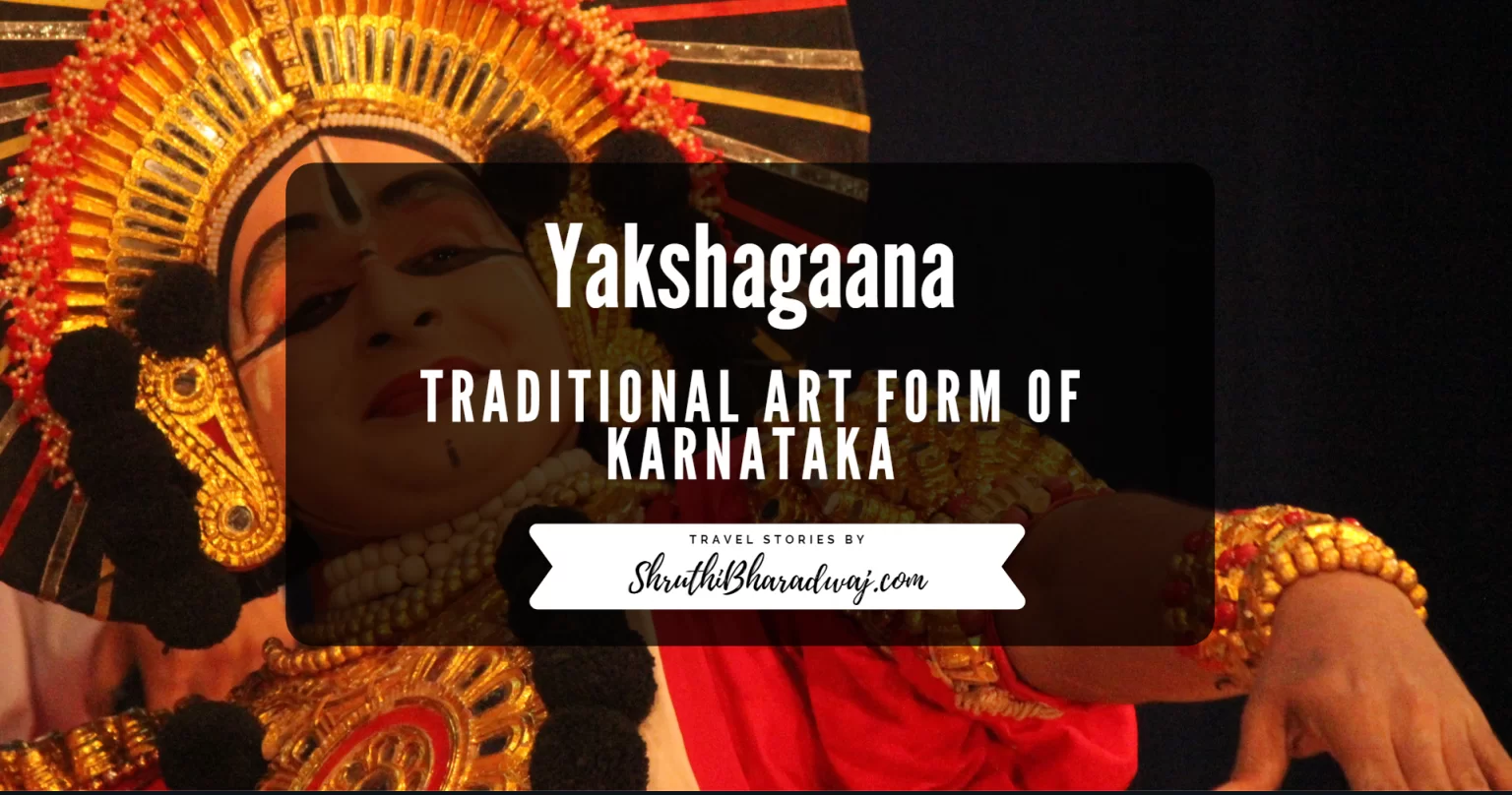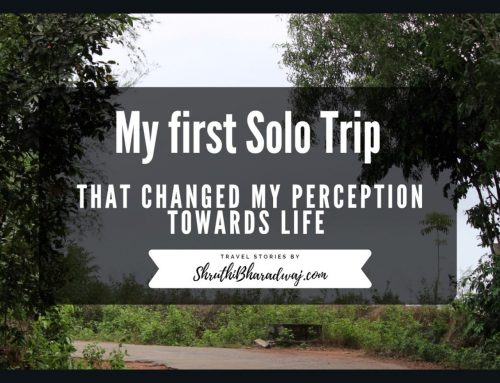It was somewhere in March 2016.
So it’s my friend Manasa’s friend – Sushma’s Friend – Sinchana’s Cousin -Pavan. It happened for me to attend Sinchana’s Sister’s wedding even without knowing her. That’s how I got closer to their family. It was an awesome experience for all our girl’s gang to take a break from our work and enjoy the 2-day celebration. I must say, their family is so welcoming and made us all feel very comfortable, we forgot that we are friends and I almost felt like my own family. That incidence led me to make new friends Pavan, Sumanth and Pratheek. They affectionately call me Bhatre and I call them Shetre.
I love Mangalore, the seashore, the food and culture. Earlier, we used to go to Udupi as tourists, stay in a hotel but now it’s Pavan’s home.
This time it so happened I directly went to Pavan’s home even without my friends. I was specifically requesting them that I wanted to document their traditional “Yakshagaana aata”. Usually, there will be performing shows in Rangashankara, Raveendra Kalakshetra and other theatres. But I wanted to experience the authentic way of its presentation, the Harake aata. It means a family “vows” for any occasion like anniversary, birthday or if someone is unwell and they pray to god for their recovery and they’d host an “aata” at their home followed by traditional rituals. Pavan’s family had held this on the occasion of his parent’s 25th wedding anniversary.
So I finally found a chance that I had been waiting for long and I immediately packed my bag and started the very next day and without a single hesitation, I landed their home.
Here is my post on the whole experience and some information about this magnificent performing art.
Bharatanatya, Khatak, Mohini attam, India is super-rich when it comes to culture. We are known for our unity in Diversity. There are 17 art forms in Karnataka alone and I am trying to document as many as I can through my travel diaries.
As we know, Karnataka is famously known for its Yakshagaana, here is my first blog on Yakshagaana. There is already a lot of information about this art on the internet, however, I have collected some interesting facts from my personal experience:
- There are some customs concerning how to build the Yakshagana stage, audience seating, storyline, show, timing etc. But the modern ways of theatre shows are an exception these days. However, the charm of art never fails to impress the younger generation.
- Many families “vow” (also known as harake in Kannada) for a show(Aata), and is predominantly conducted in houses in Mangalore, Udupi, Chikmagalur and western belts.
- It takes about at least 3 hours to put on the makeup and costume.
- The artists will dress up on their own, do a self-makeup and there are no specific Makeup artists hired.
- The mela team is usually invited to perform, arrive before noon and the villagers or sponsors offer their members food and lodging.
- The stage is traditionally built in an easily accessible place, like a paddy field or a temple yard.
- They carry all their belongings in a caravan and travel across the country with the props, lighting and all the set-up materials.
- Most of the time the “Aata” starts late in the evening and goes up till the sunrise.
- They are mythological stories from Ramayana, Mahabharatha, Devi Purana, Bhagavatha (few from Jain and Hindu mythology) etc narrated in the form of dance, music, dialogue, costume, make-up, and stage techniques with a unique style and form.
- There is a combination of Himmela and Mummela. The background singers are called as Bhaagavathar and the artists in the forefront.
- It draws back to history from the 11th century.
- Yakshagana has two main variations: Moodalapaya (the eastern form which is famous in Northern Karnataka) and Paduvalapaya (western-style which is also known as coastal Yakshagana can be predominantly seen in Dakshina Kannada, Udupi and Uttara Kannada).
Here are some snippets I have collected and soon going to make a documentary video of this art in the near future. I will also be documenting on Dollukunitha, Kamsale, Somana Kunitha, Jaggahalagi kunitha, Karadi Majalu, Sri Krishna Parijatha, Bhootaaradhane, hagaluvesha, NaagaMandala, Karaga, Suggi Kunitha, Bhootha kola, kolata, Chowdike Mela, Veeragaase, Hulivesha, Pooja kunitha, Bombeyaata, Garudigombe,Keelu kudure, kangeelu, tamate, Aatikalanje, Aat-paat, sobane pada, janapada geethe, pata kunitha. Ummathat, kombaat, Bolakat, Poothani, Chende nrithya, Goravara kunitha.
Hope you enjoy and let me know what you feel.









Leave A Comment